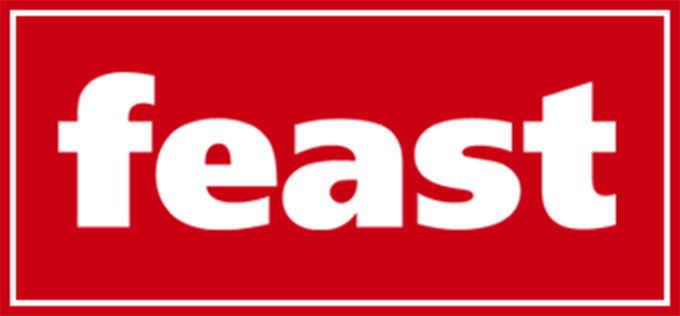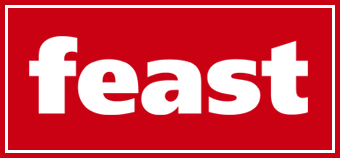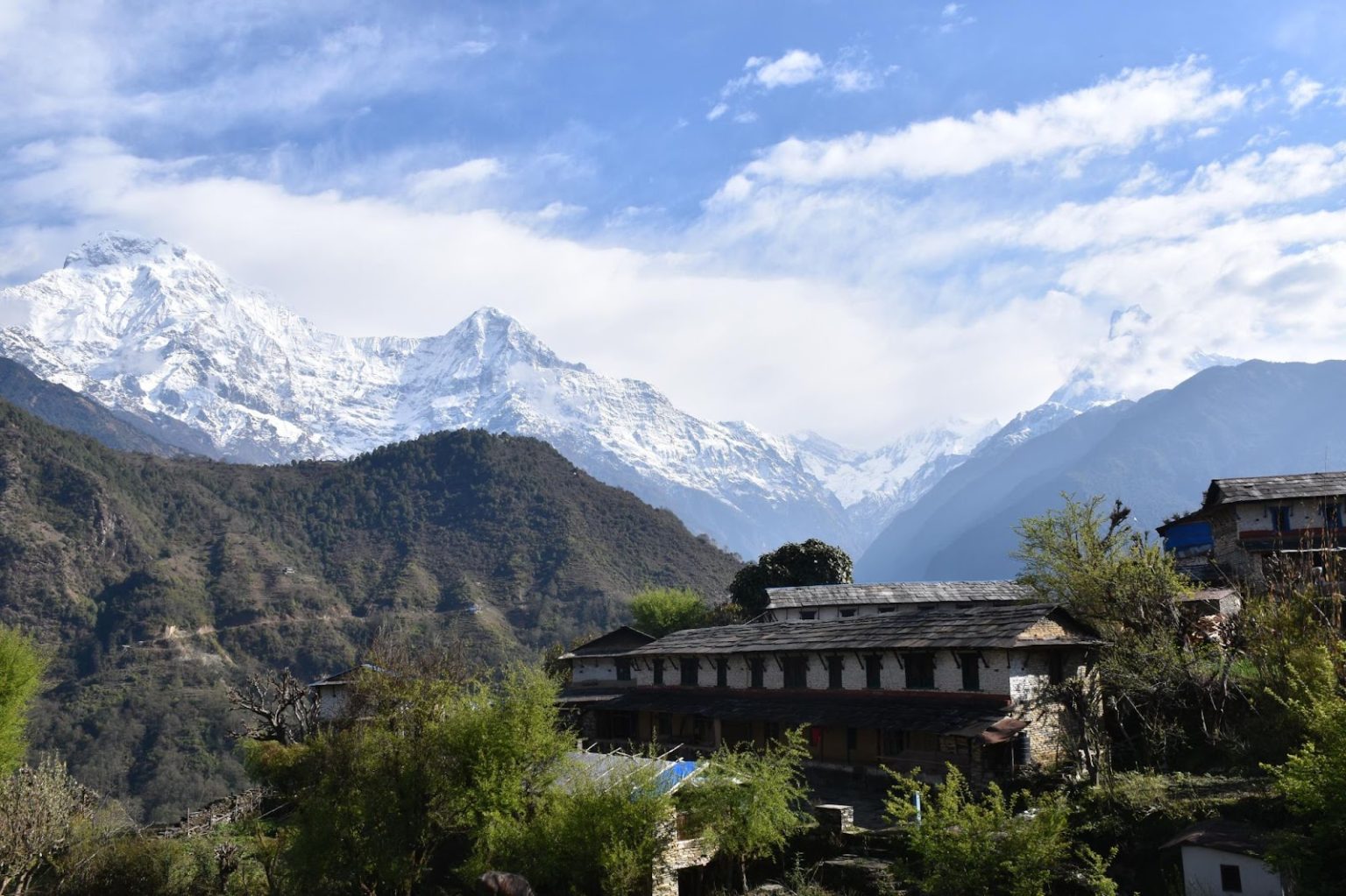Trekking in Nepal is a great adventure experience as it offers amazing scenery of mountain peaks, breathtaking valleys, lush forests, and a fresh environment.
There is a rumor that trekking in Nepal is highly priced, but it is not the truth. You can enjoy your dream trek without spending too much money.
So, if you are looking to experience trekking in Nepal under budget and want a complete guide, this is the ultimate blog for you. We have included every detail about affordable budgeting, trekking routes, and tips that will make your travel fun and unforgettable.
Pick Affordable Trekking Paths
The first step in trekking on a budget in Nepal is choosing a trek route that fits your wallet and level of expertise. You can take shorter 2 to 3-day treks instead of 5 to 7-day treks, which require more food, accommodation, and permits.
Treks to Everest Base Camp or the Annapurna Circuit are quite expensive. Why? Because it takes a minimum of 14 days to complete these treks. Besides investing in flights and accommodation, you have to get permits as well.
You can take Ghorepani Poon Hill Trek which is one of the best budget treks in Nepal. It lies in the Annapurna region and offers great views of the Himalayas. Another trek under budget is the Langtang Valley Trek. This trek offers charming views of the valley, and traditional Tamang villages, all for much less than the Everest trek.
Trekking in Mardi Himal or Lower Mustang is also budget-friendly compared to the Everest and Annapurna regions. These trails are ideal for you if you wish to appreciate the natural wonders of Nepal without paying excessively.
Travel During Off-Peak Seasons
The peak trekking seasons in Nepal are spring (March through May) and autumn (September through November). During these seasons, the weather becomes best with the clear sky. Thus, during such time, the flight costs, permits, and lodges are at their highest costs. To save your money, you can trek in the off-peak seasons i.e. winter (December through February) and monsoon (June through August).
The winter and monsoon seasons are less expensive for trekkers. But the problem is that winter is extremely cold, especially in high-altitude areas. And during monsoon, there is a high chance of massive rainfall, floods, and landslides, which can obstruct the trekkers.
The Ghorepani Poon Hill Trek and Langtang Valley Trek are best for trekking during winter and monsoon. Plus, you can also save some good money.
Stick to Budget Accommodation
Accommodation is the single largest expense when trekking in Nepal. However, there are lower-cost alternatives throughout the trials.
You might get tempted to stay in a luxury lodge or high-end accommodations. Such stays are expensive. So, consider staying in tea houses and guest houses to save a significant amount of money throughout the trek.
Basic tea houses and guest houses are great for trekkers to stay and enjoy sumptuous meals. Staying in these basic teahouses is budget-friendly. The accommodation cost in the teahouses ranges from NPR 200 to NPR 700 ($2 to $7. However, this range can be affected by the trek region and season.
The rooms in these teahouses are basic and modest with shared baths. You can also eat at these places. The food prices in these tea houses are cheap, with meals reasonably priced from NPR 300 to NPR 500 ($3 to $5). When staying in those houses, you can stay with local families, and experience culture and warm hospitality.
Use Local Transportation
Fights are the most expensive part of traveling in Nepal; a return flight from Kathmandu to Lukla is the most expensive. But there are cheaper options such as taking a bus or microbus.
Public buses are the cheapest option available. Although they are cheap, they can be slower and more crowded. But they are best for the budget-conscious trekkers.
For your trek in the Annapurna region, you can take a local bus from Kathmandu to Pokhara, then another bus or jeep to the trek starting point. Likewise, for the trek to Langtang Valley trek, you can take a bus from Kathmandu to Syabrubesi.
If you are on a group trek, you can hire a private jeep and pay per person instead of using public transport. Hiring a private jeep is more cost-effective than taking a flight or renting a private car.
Employing The Services Of A Local Guide or Porter
You can also hire a guide and a porter to save time and energy. How?
Local guides know the trek trails and hence get you to complete the trek on time without getting lost. Furthermore, a guide will help you understand the various aspects of the trek. Most importantly, these guides do not charge high; they are extremely reasonable. Travel agencies like Mission Himalaya Treks offer affordable trekking guides and trekking-related services.
You can also hire porters along with a travel guide to make your trek easier. Porters can carry your luggage and take the burden of the load off. This allows you to enjoy the trek without being bothered by a heavy backpack.
Hiring a guide and a porter can add to your expenses, but it is worth the money.
Reduce Spending on Meals
Staying at higher-end lodges and snacking along the way means burning your budget. Thus, it is best to enjoy local food in teahouses. Meals at teahouses are provided as part of a set menu of reasonably priced food. The menus differ according to region and season.
Western meals and imported snacks in the trekking region are much more expensive So, it is better to keep your meals basic and keep your trekking budget intact. You can consume food from Nepal’s local traditional dishes such as dal bhat, dhindo, etc. They are tasty as well as fuel for trekking. You can also buy snacks such as energy bars, biscuits, nuts, dried fruits, jerky, and instant noodles in Kathmandu before leaving for the trek.
Plan Your Trek and Permits with Care
It is necessary to obtain permits such as a TIMS (Trekkers’ Information Management System) card, and entry permit for the national park. You can obtain these permits directly from the Nepal Tourism Board, or through a trekking agency. These permits are a bit on the cheaper side. However, some treks in the Everest or Annapurna region have more expensive permits.
You can learn about the permit requirements for your preferred trek to avoid spending too much money on pointless permits. Besides permits, you can be charged for activities such as visiting a monastery or entering a restricted area. Consider having some money ready if you plan to do these activities.
Other few tips you can follow to make an affordable trek in Nepal are as follows:
- Never buy trekking gear at the last minute in trekking areas as they are 2 to 3 times more expensive than in Kathmandu.
- Carry instant noodles, oatmeal, or dehydrated meals to cook at tea houses as they can give free hot water.
- You can take night buses between Kathmandu and trekking hubs (like Pokhara) to save money on accommodation for the night.
- Carry a portable solar charger to power your phone and camera, as teahouses may charge extra for electricity.
Final Thoughts
Trekking in Nepal on a budget is possible. For that, you should travel in off-trekking season, stick to basic accommodation, use public transport, consume local meals, and select budget-friendly trekking routes. If you carefully budget for the trekking routes in Nepal, you can fully enjoy the hike, views, and culture.
Want professional help to trek in Nepal on a budget? Mission Himalaya Treks is here to provide an affordable, reliable, and satisfying trekking experience. They provide exceptional trekking-related service, thanks to their guides and years of experience in trekking.
Choose Mission Himalaya Treks as your trek guide to experience an unforgettable trekking experience in Nepal within a limited budget.
Did you find this interesting? Try this https://www.feast-magazine.co.uk/hospitality/food-drink/does-worcestershire-sauce-need-to-be-refrigerated-storing-tips-for-longevity-40298



